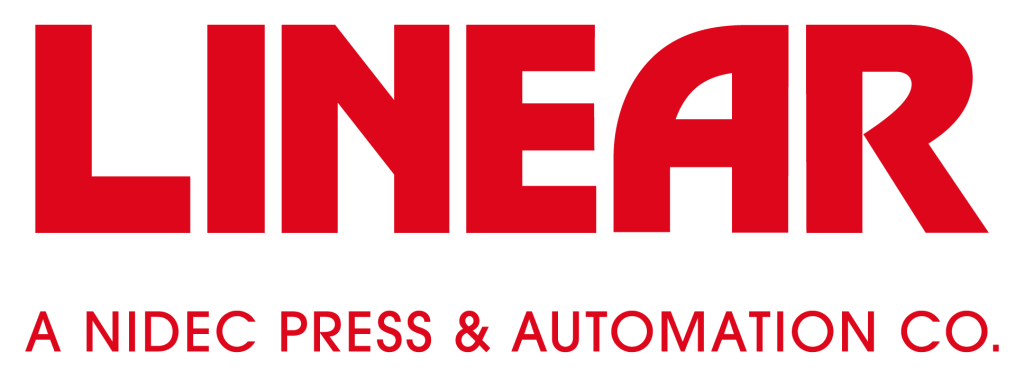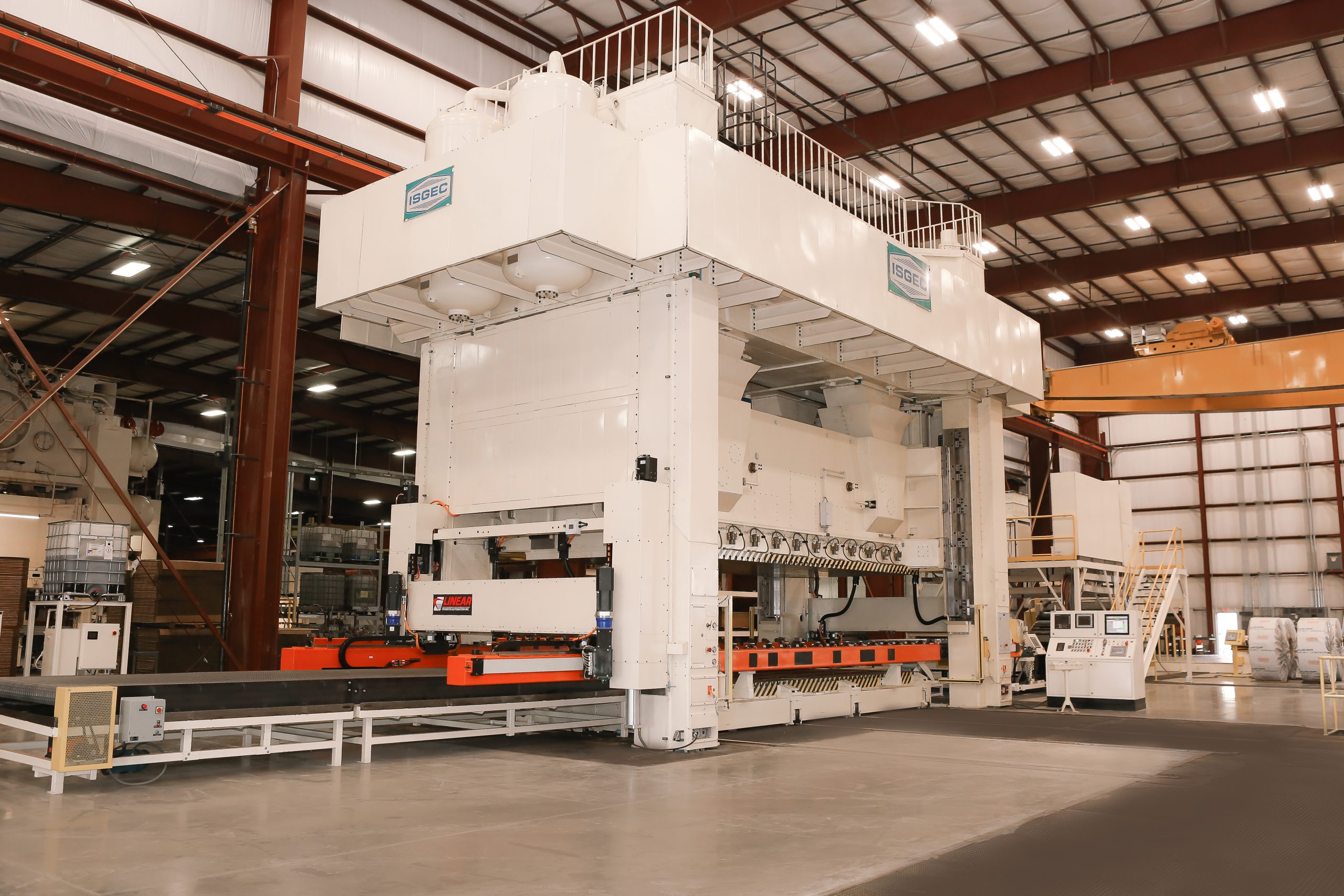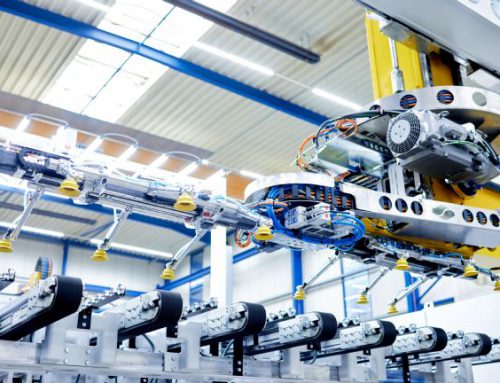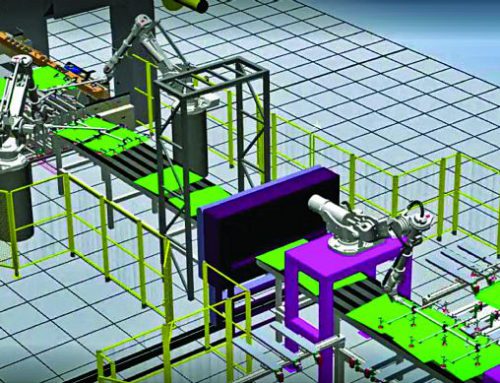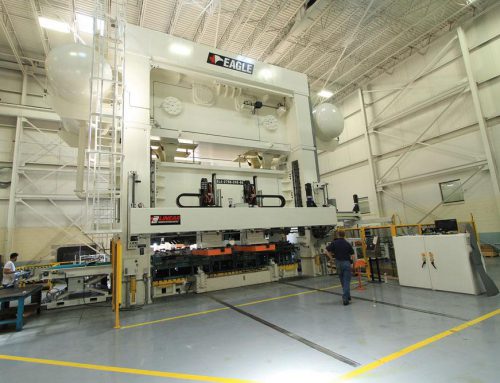Data for the sake of data is not necessarily a winning proposition. We’ve all heard that measurement holds the key to improvement. But what should metal formers measure, what data are relevant, and what do we do with those measurements and that data to really derive benefit? Let’s explore that topic in regard to press-line part transfer and see what else is cooking with this technology.
One common-sense area where data collection provides actionable intelligence is preventive maintenance of capital equipment, including press lines and their major components. More specifically, unexpected component failure on a press-transfer system turns an entire press line into an expensive paperweight. Hence the development by transfer-system providers of sensoring and reporting technology for monitoring of key wear components.
“This introduction by equipment manufacturers provides for effective equipment monitoring and preventive maintenance,” explains Paul Stirrett, vice president of sales and marketing for Linear Automation Inc.
To ease the integration process, suppliers of key technology such as presses and transfer systems—including Linear Automation, which recently added a controls subsidiary—have themselves developed control technology to tie everything together. This includes packaging control of transfers, material feeds, lubrication and the presses themselves into a single system. This demands much from the provider, notes Stirrett, given the complexity of a line outfitted with transfer technology.
While a discussion of part transfer in metal forming operations typically centers on what goes through the press ram, perhaps the greatest efficiency gains come at the end of the line, and the industry has taken notice.
“Auto racking, or automatic placement of parts off of the press and onto racks, or into bins or shipping containers, represents what I see as the biggest trend and coming area of growth,” Stirrett says. “The industry often ignores end-of-line automation, making auto racking the final frontier of press-line automation.”
